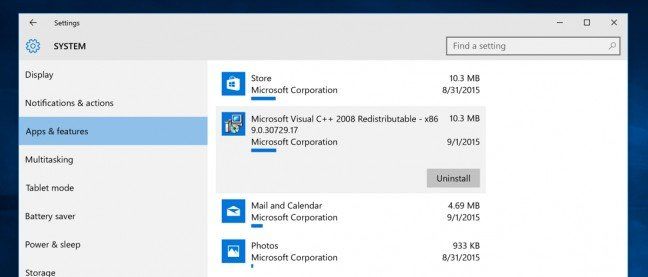

This virtual machine has a single virtual hard disk named Storage Space Demo.vhdx.

If you look at Figure 1, you can see that I have created a virtual machine called Storage Space Demo. One reason why you may be burning through physical disk space more quickly than anticipated has to do with a safety mechanism within Hyper-V. In this article, I am going to show you two reasons why your Hyper-V server may be consuming excessive storage space, and how you can get back some of your lost storage space. One nice thing about the whole process: until you begin the actual Fedora installation, the physical partitions are not touched.If you use Hyper-V as a server virtualization platform, you might have noticed physical storage space being depleted more quickly than it should be.
While Fedora is installing, set a root password and add a new admin user account if desired, then wait for install to complete!. Customize any other installation options (Timezone, Network connection details, etc.), then click 'Begin Installation'. It's a good test of your backup and recovery strategy for sure :) but I automate everything and store all my important data in the cloud, so I like to blow away everything then restore it all using Ansible and automation afterwards. Note: If you have a mount that has data you'd like to preserve, you can leave it of course. On the 'Reclaim disk space' screen, click 'Delete all' to delete all the partitions and get back all the free space on the drive, then click 'Reclaim space'. At this point, the installer will mention there's not enough free space-click 'Reclaim space'. If you're like me, and want to just wipe out all the old stuff and let the installer repartition the drive, choose 'Automatic' under Storage Configuration, then click 'Done'. If you want to be brave and attempt to re-partition the disk manually, choose "Advanced Custom (Blivet-GUI)" under 'Storage Configuration', then follow the advice in the Fedora Recommended Partitioning Scheme documentation to create new partitions. In the installer, choose the install disk, and pick the one where you currently have Fedora installed (I have one separate physical SSD in my laptop for Windows 10, another for Fedora, and a third for Ubuntu, just to make it easier to manage partitions without blowing out other OSes). Boot to the Fedora install media (I used a USB flash drive that I prepared on my Mac). basically, here's how you can take a laptop with a hard disk that's running an older version of Fedora (in my case, Fedora 23), use the Fedora install media to re-partition the drive, then install a newer version of Fedora (in my case, Fedora 26): I wanted to document this process on my blog, since it's the second time I've had to do it, and it always takes me way longer to figure it out than it should.






 0 kommentar(er)
0 kommentar(er)
